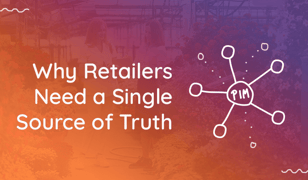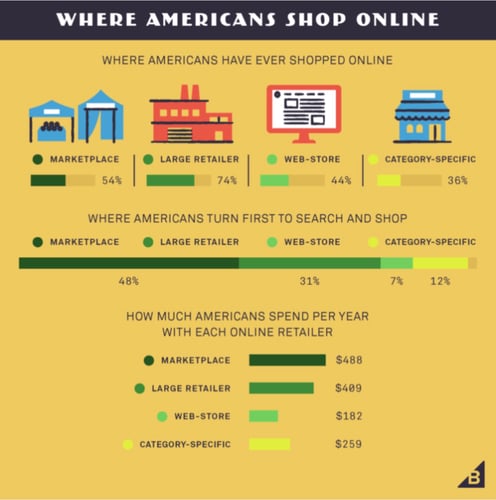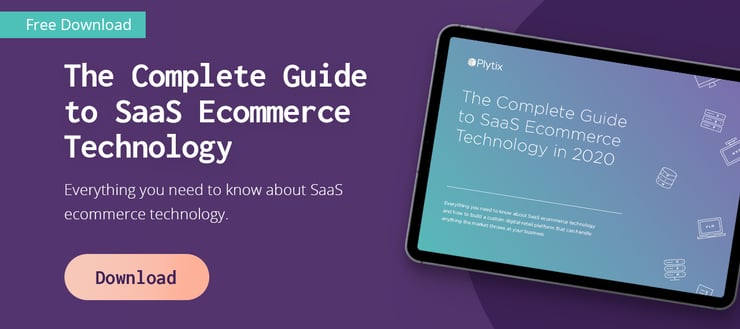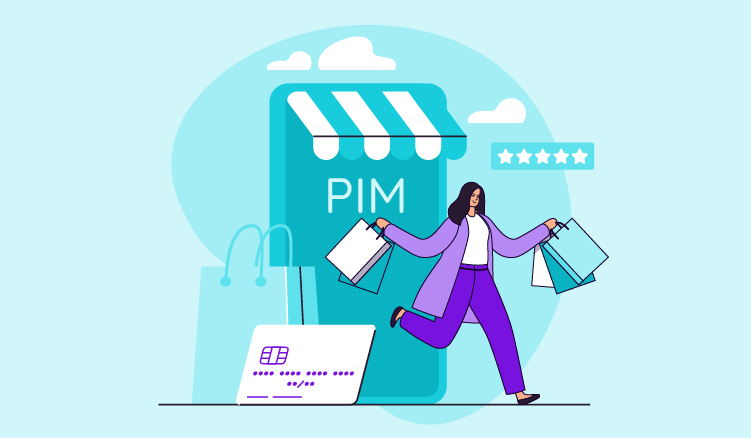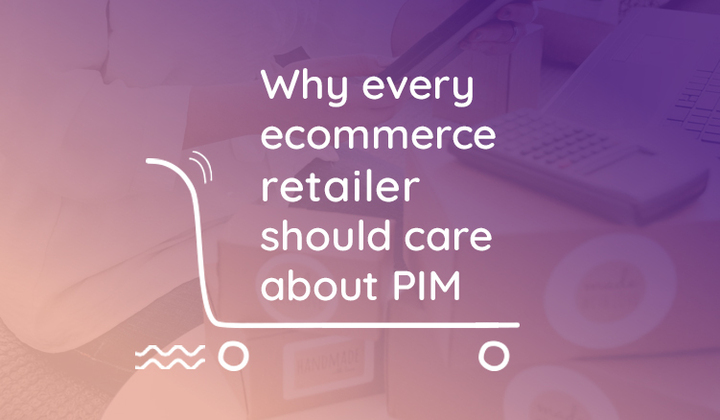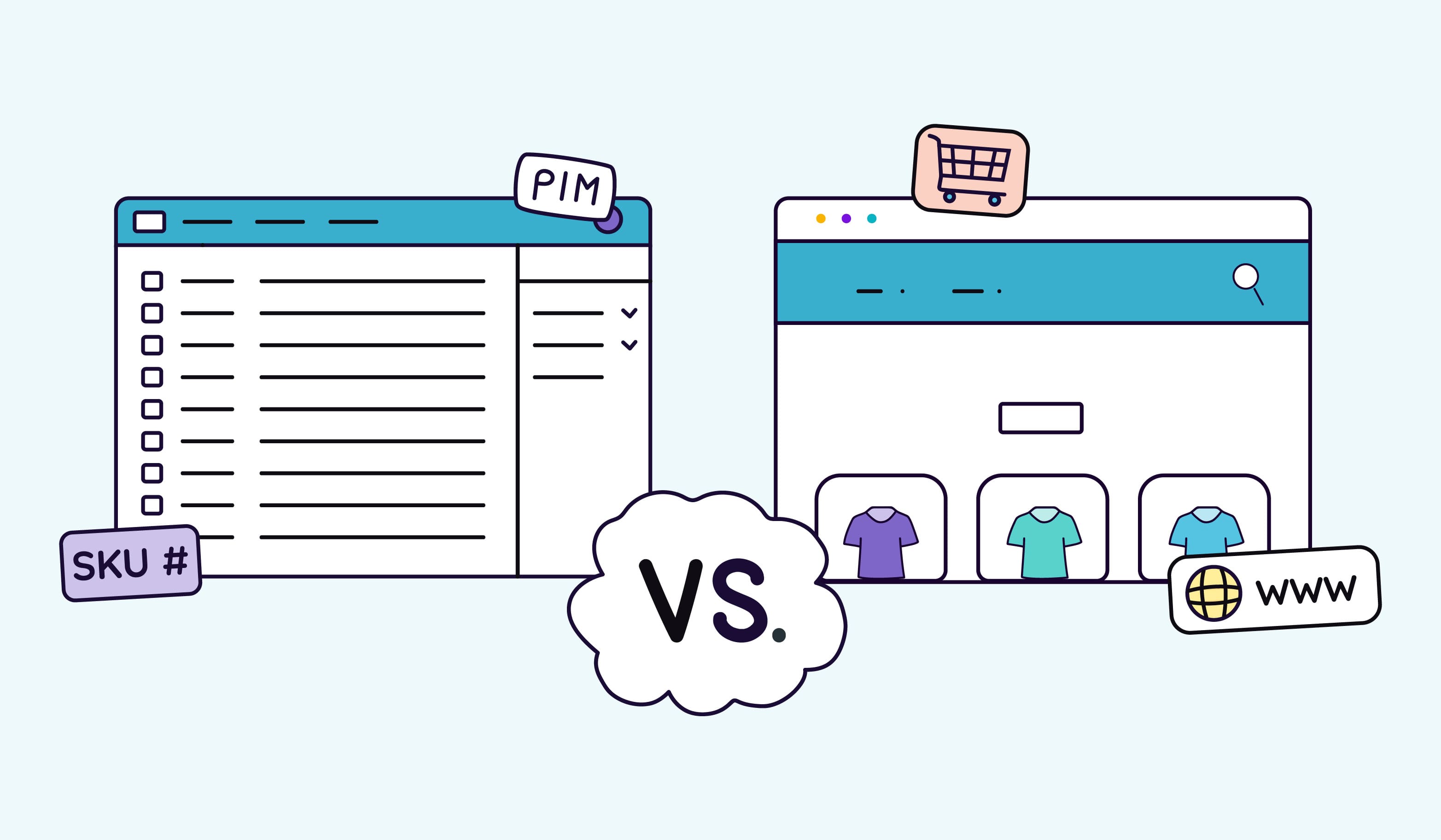PIM software, such as Plytix, makes it easy to centralize and sanitize scattered data to avoid this. It is used to manage, enrich and optimize product descriptions and specifications for popular marketplaces, social, CSE’s, and your web store.
It empowers you to reach ecommerce goals faster
In the third quarter of 2020, US ecommerce sales jumped by 37%. With such an increase, it's clear that digital commerce is the future of 'shopping' as we know it.
But it's not easy.
Yes, you also want to reach low customer acquisition costs, healthy margins, high repurchase rates, or all three. But how can you stay competitive when you’re still using systems that hinder productivity? Find ways to work smarter, not harder.
Without a product data management system, you’ll continue to;
- Spend hours fixing errors and content redundancy
- Spend less time focusing on selling and scaling your business
- Take your products to the market slower than your competitors
- Experience miscommunication because of scattered information
- Deal with supplier data that has become unmanageable
All these issues create frustration and become time eaters that can all be solved with PIM. By using a PIM, your team can focus on being innovative, stay organized, meet marketing requirements that can help your products rank better on search engines, and ensure data quality throughout your channels seamlessly.
It helps you deliver an omnichannel customer service
A good shopping experience can mean many things for different customers.
For some, it can mean self-service and 24-hour customer support, and for others, rich content. Having a single source of truth can kill two birds with one stone.
By enriching your content data through detailed descriptions, high-quality digital assets, technical specifications, customer reviews, and testimonials, customers can make confident purchases without having to rely on customer support agents. Should they have any product-related questions that require immediate attention, a dedicated team can give updated, informed answers swiftly, and at all times.
Your content managers can ensure that data is consistently updated to ensure the best customer experience. And if you're using Plytix, even better. Teams can make use of Brand Portals as another customer touchpoint. You can share ecatalogs in real-time, and your customers can also request a direct quote from your catalog.
Marketing and sales growth with localized content
Selling only in your country is a thing of the past—but selling in other countries only in English is a recipe for disaster. Cross-border selling has become increasingly popular, with 68% of people saying they’re comfortable with purchasing outside of their country. Having a multilingual store means you need to manage content in various languages, and that can become messy.
Ecommerce platforms like WooCommerce, Shopify, Magento, and BigCommerce allow you to create multilingual sites and store content in different languages. But much like the limitations these platforms have normally when it comes to content fields, you will experience the same with multilingual sites.
Don't let this be a pushback.
With PIM, you can integrate with these platforms and safely store multilingual translations in the tool, such as pricing, descriptions, titles, etc. When you're happy with your information, you can set up unique feeds that syndicate your content to marketplaces, such as Amazon. This allows you the opportunity to attract customers in new markets and countries, as well as from your own web store.
Boost time-to-market over your competitors
In ecommerce, time-to-market (TTM) is one of the most essential KPIs because it ensures revenue and sales growth. When it comes to TTM, you need to be fast.
And that’s why you need a PIM solution.
It's one centralized source of truth for all your product marketing information. From basic data to taxonomies, technical specifications, instructions, digital assets, sales enablement information, localized content, and more, you can manage, optimize, sanitize, and share information for multichannel distribution in minutes. By branching out with channel-specific information, you can be competitive everywhere. This, in turn, creates a consistent customer experience.
Get ahead with Plytix
Staying on top is a battle—it's something you can't control. But what you can control is your product information. And good, quality data gets you ahead.
Quality product data helps build trust, drive customer acquisition, improve sales, and improve brand reputation. It has the power to help your retail business succeed.
To see how a single source of truth can transform your ecommerce business for the better, download our FREE guide to SaaS ecommerce technology:

